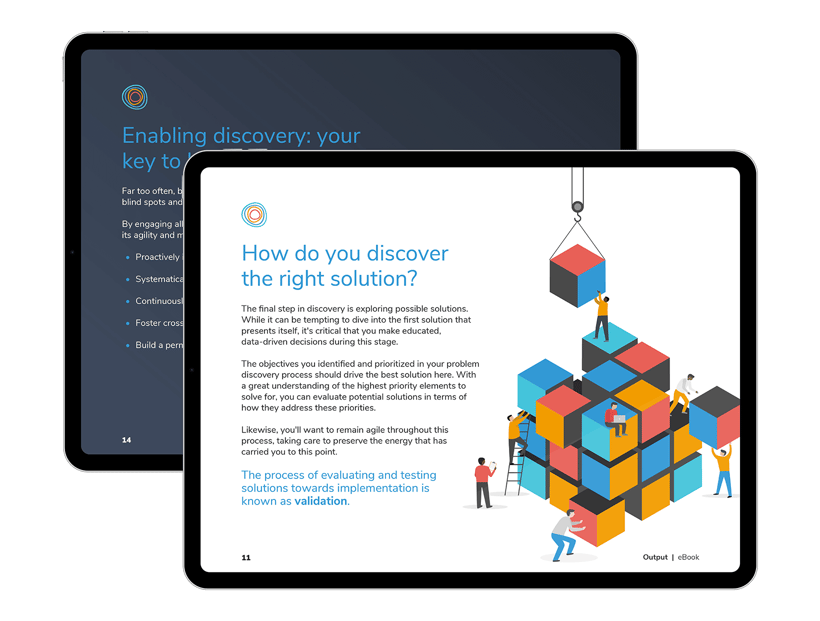Picture it: a room lined with whiteboards, all with their own set of fresh markers. Some beanbag chairs for your groovy employees, and a few vintage desks for the quirky ones. A custom neon sign that says “disrupt” casts a lovely glow over the well-stocked snack table. More chairs. A couch. Lots of pens, notepads and charging stations. It’s your company’s brand-new Innovation Center!
Unfortunately, even after pouring all these resources into the space, and staffing it with the brightest minds in your field, your little think tank will probably last, according to statistics, about four years at the most. Why are innovation centers so popular, used by the likes of Starbucks and CocaCola — yet so ineffective?
Remember around the year 2016 when every company yearned to "go viral," but slowly realized that the formula for virality is random and ever-changing? Innovation FOMO is kind of like that.
The hope for an innovation center is that by concentrating a lot of energy on innovation in a separate environment from the main organization, the people inhabiting your innovation sanctuary will overflow with inspiration and come up with big, game-changing ideas. The reality — described by the phrase “innovation theater” — is that these spaces are often performative in nature, promising to make huge waves without any plan of how to generate them or measure and ensure their success.
The opportunity to innovate exists in every role, process, product or service and each or your employees touch one or more of these elements. You’re not going to create a cultural shift by excluding people from the opportunity to innovate. Choosing a bunch of creatives from your existing team — or even bringing in new hires — with the sole purpose of innovating is an easy way to create animosity and confusion. If anyone and everyone in your organization is invited to contribute to the conversation about big ideas, you'll access untapped potential and send a better message to your people.
A cultural divide can occur when some are seen as the movers and shakers, while others are assumed to be the ideal “grunts.” Nobody on your team is there to put their head down and do their work without a thought to how they do their jobs and how they can add value to the organization — you made sure of that when you hired them. Even with all the tools (or an innovation center), if you haven’t cultivated a collaborative culture, you won’t get those conversations flowing.
Once you’ve identified the best ideas, these tips can help you validate them by putting them into action, whether internal or for a client.
Your innovation “lab” should function like a hallway, not a broom closet. A place that already serves as a thoroughfare for a diverse group of people who can stop for a conversation is going to be much more welcoming than knocking on a door and timidly poking a head in to throw out an idea and fire a nerf gun! It’s very likely that you already employ some sort of open-door policy for communication in your company — extend it to the innovation center concept.
Others have suggested thinking of innovation as a lobby, which is a place everyone in the business enters — including your clients. It should be thought of like a hub of connectivity, and a doorway to the work that happens after the ideas have been narrowed down and are ready to execute on.
However you frame it, innovation should be a central component of the way your company does business — even if you don’t have a physical center dedicated to innovation. By democratizing discovery and development, you ensure that innovation influences everything everyone is doing. Creativity is, and should be, everywhere in your company. Without inclusion, your innovation practices are not going to create the culture shift you need to see big benefits.

170 - 422 Richards Street
Vancouver BC V6B2Z4